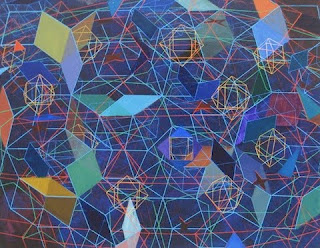Week 4: Medicine+Technology+Art

The overlap between medicine and art in the form of medical technology applies to society and can be used to prolong and save lives. One such invention is magnetic resonance imaging (MRI). MRI is a scan of the human body used to detect brain tumors, cancer, or other conditions. The image scans convey the medical information. MRI scans definitely tell us a lot scientifically, but it uses artistic aspects to provide these results. MRI Machine Before reading Casini’s essay, I never knew an MRI scan included art in every aspect. The sound of the MRI examination is termed “acoustic”, where there is rhythm to the noise (Casini). In addition to sound effects, MRI also has appealing visuals. Within the machine, there is a mirror that “functions as an outside perspective in order to decrease the sense of claustrophobia inside the scanner” (Casini). Through this mirror effect, patients can feel more at ease during the examination. This combination of art and science help create a usable...



